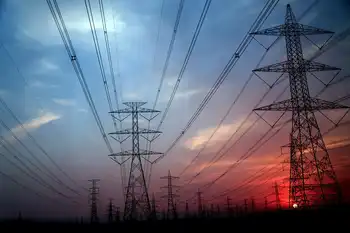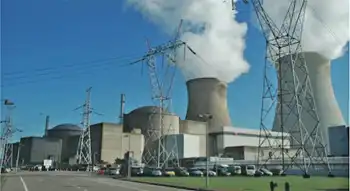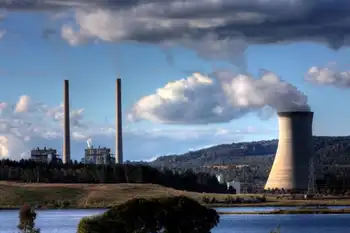UK blames China for Copenhagen failure
By Industrial Info Resources
Substation Relay Protection Training
Our customized live online or in‑person group training can be delivered to your staff at your location.

- Live Online
- 12 hours Instructor-led
- Group Training Available
Climate Change Secretary Ed Miliband accused China and other nations of hijacking the conference, which ended without managing to create a global treaty of legally binding agreements regarding reductions of carbon-dioxide emissions and other energy-related matters. Instead, a loose accord was cobbled together by leading nations and agreed by the majority of the United Nations at the last minute.
"The vast majority of countries, developed and developing, believe that we will only construct a lasting accord that protects the planet if all countries' commitments or actions are legally binding," Miliband said. "But some leading developing countries currently refuse to countenance this. That is why we did not secure an agreement that the political accord struck in Copenhagen should lead to a legally binding outcome.
"We did not get an agreement on 50% reductions in global emissions by 2050 or on 80% reductions by developed countries. Both were vetoed by China, despite the support of a coalition of developed and the vast majority of developing countries."
UK Prime Minister Gordon Brown said: "Never again should we face the deadlock that threatened to pull down those talks. Never again should we let a global deal to move towards a greener future be held to ransom by only a handful of countries."
Brown is calling for the creation of an international body with responsibility for 'environmental stewardship,' claiming that the United Nations' consensual method of voting must be changed for a real climate agreement to be achieved.
"One of the frustrations for me was the lack of a global body with the sole responsibility for environmental stewardship," Brown explained. "I believe that in 2010, we will need to look at reforming our international institutions to meet the common challenges we face as a global community."
The Copenhagen summit managed to produce a last-minute accord, led by the U.S., China, the UK and others and supported by 150 nations, but it fell far short of what Copenhagen set out to achieve. The key outcome was that developed countries are to provide $100 billion (69.9 billion euros) per year by 2020 to address the needs of developing countries in regard to energy development and emissions. From 2010 through 2012, $30 billion (20.1 billion euros) will be raised. Emissions targets remain unchanged.
The UK was not alone in voicing its disappointment with the Copenhagen conference.
Ireland Taoiseach Brian Cowen said: "The fact that we don't have legally binding targets is a big disappointment, and, from our point of view, we won't hide the fact this isn't as ambitious a deal as we would have liked coming into these negotiations."
The world's leading nations are now under pressure to hammer out a meaningful treaty in November 2010 at the next global climate summit in Mexico.











